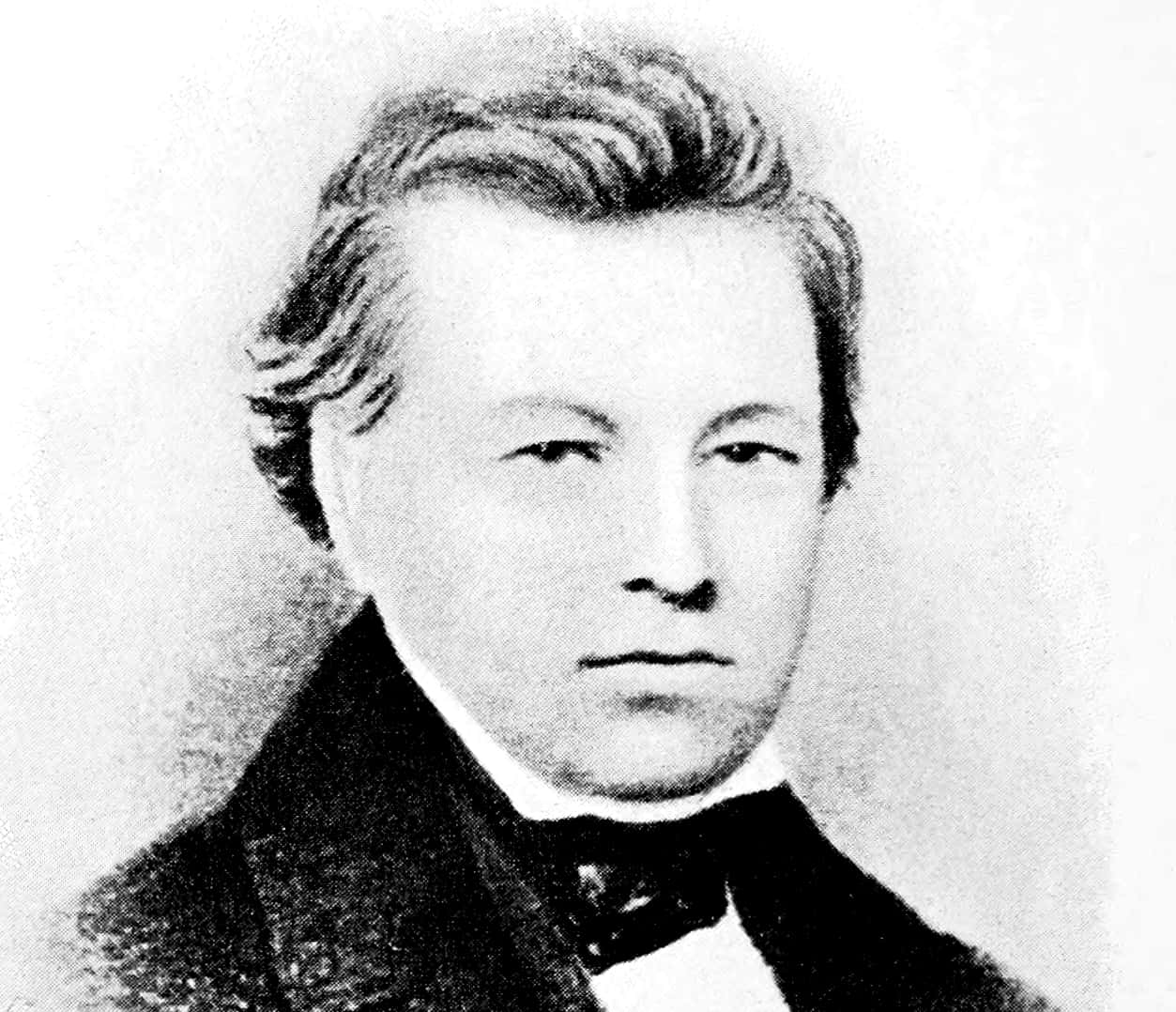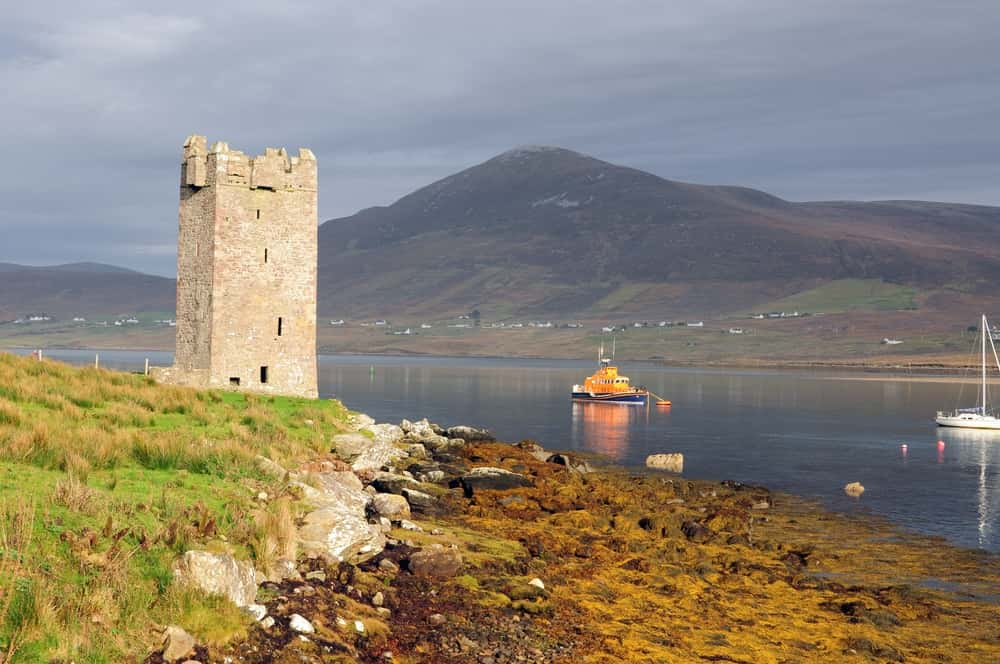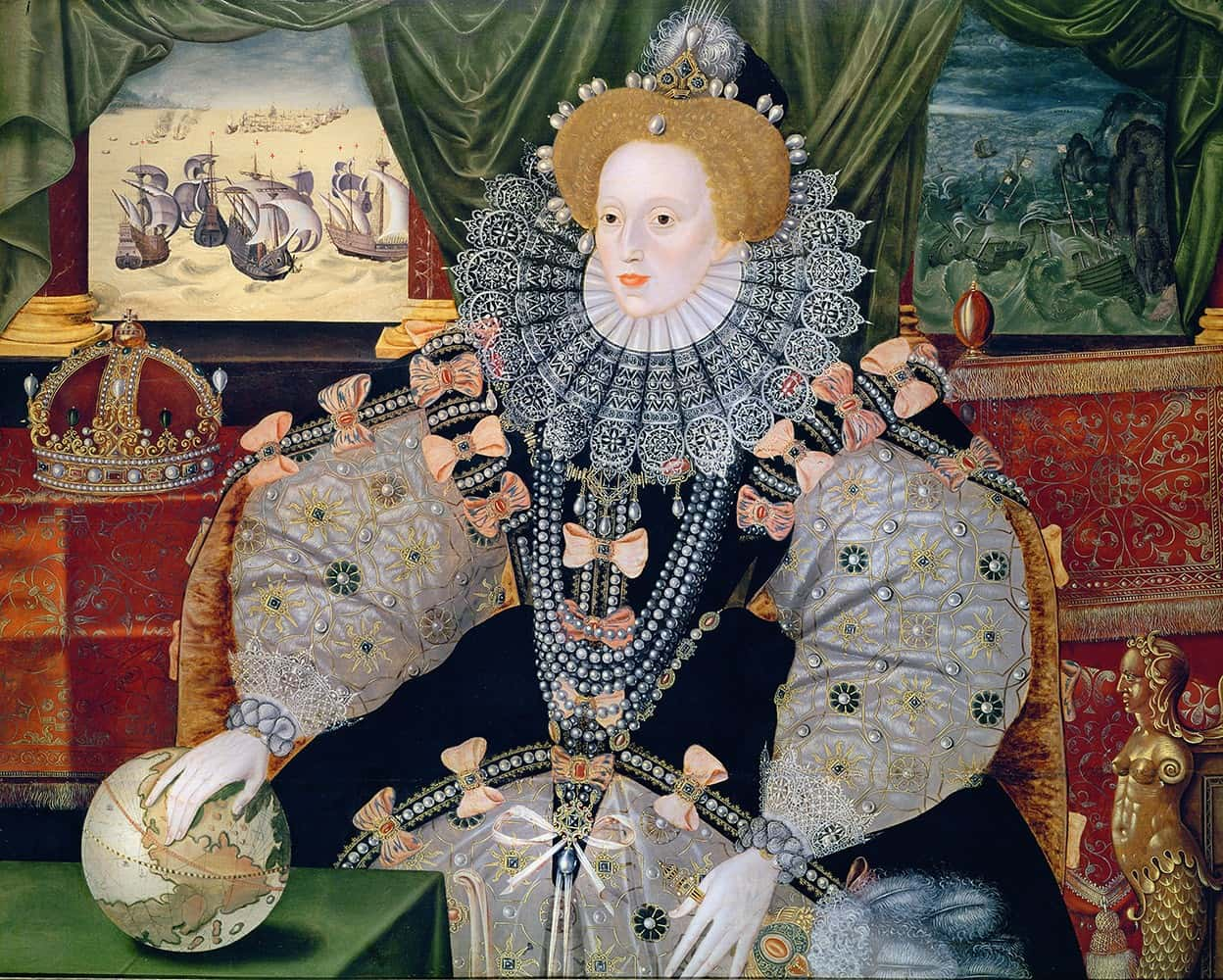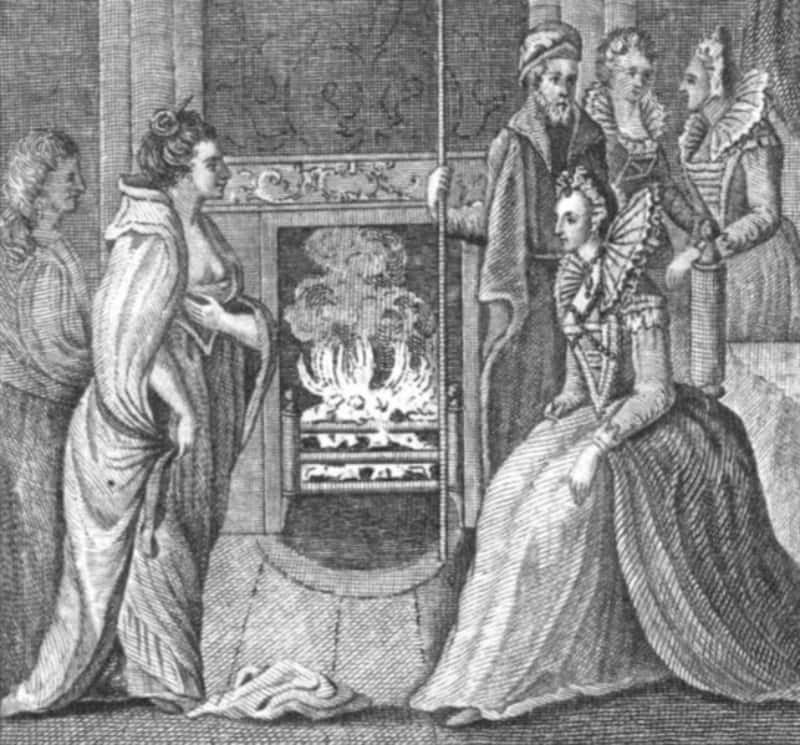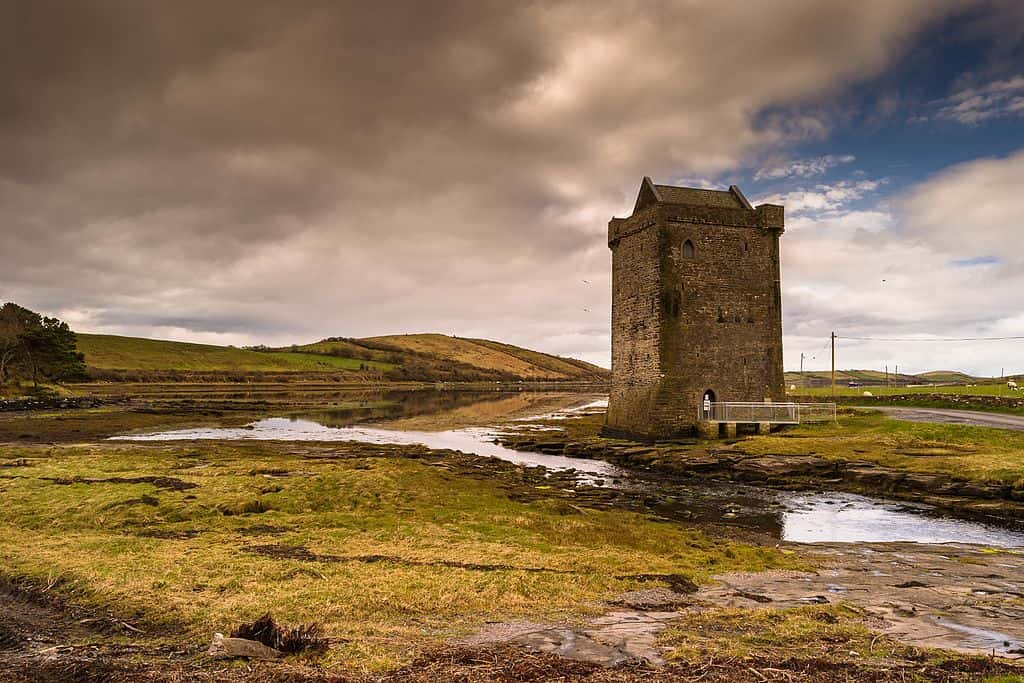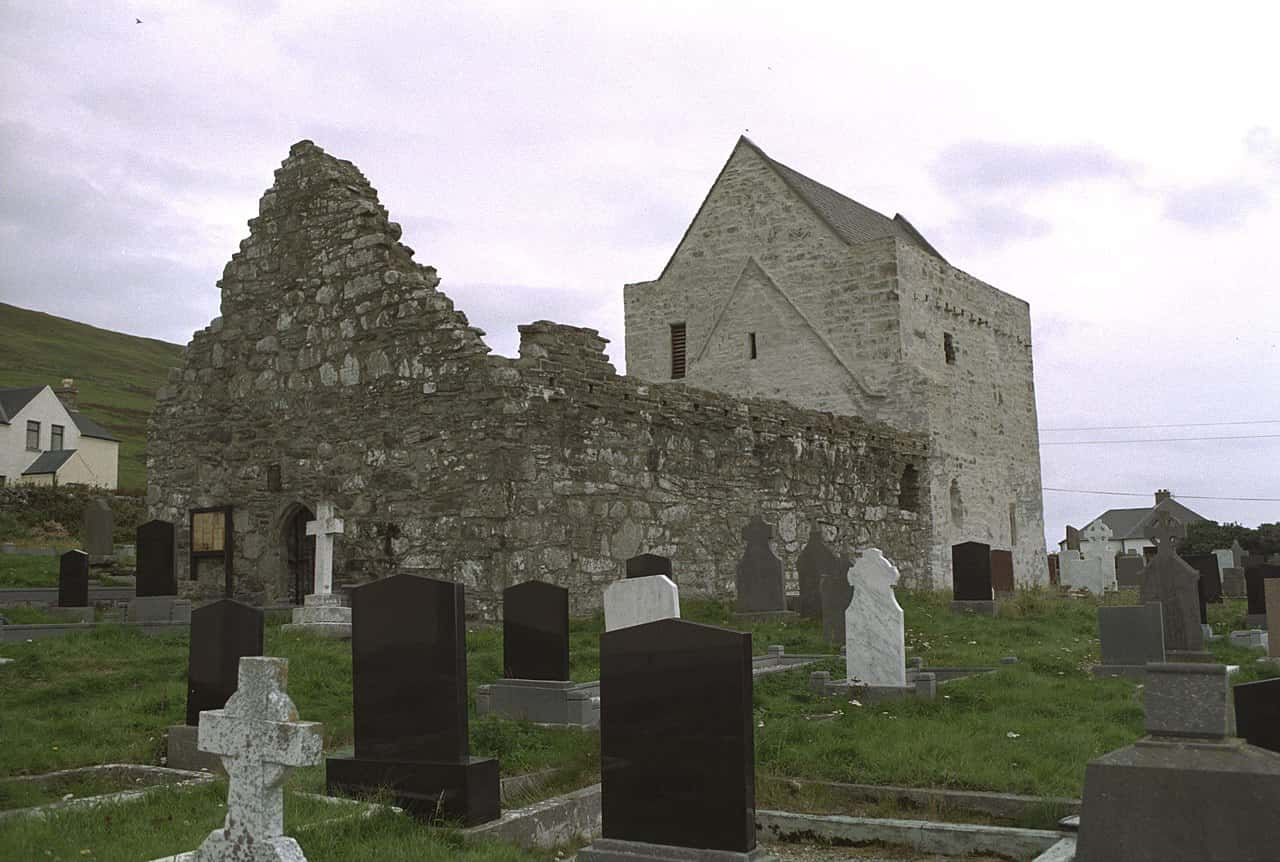25. Music in Your Soul
Many musicians have been inspired to sing about O’Malley’s life story, especially in Ireland. Chief among these musicians are The Indulgers, Dead Can Dance, and Gavin Dunne.
Dead Can Dance
26. My Worst Enemy
The primary antagonist in O’Malley’s life was Richard Bingham. Originally an officer in the Royal Navy, Bingham was appointed the governor of Connaught in 1584. This was part of an attempt by England to further impose its authority on the Irish. Antagonizing the locals, Bingham would crush any and all rebellions which sprung up from his tyrannical rule. As you can imagine, Bingham and O’Malley would butt heads more than once.
28. Save Our Past
In the 1830s and 1840s, Irish academic John O’Donovan began collecting information on O’Malley based on the local traditions which had been passed down from generation to generation. Whether that information is valid will likely never be known until time machines are invented, but historians will always be grateful to O’Donovan for his part in preserving history.
29. Better Luck Next Time
In the mid-2000s, Morgan Llywelyn’s book about O’Malley was adapted into a sweeping musical titled The Pirate Queen. Starring Tony-nominee Stephanie J. Block as O’Malley, The Pirate Queen premiered in Chicago in 2006 and went to Broadway in 2007. Sadly, the musical mostly received negative reviews and was a financial failure.
30. The Godmother
Such was O’Malley’s power and influence that Richard Bingham once wrote that she was “nurse to all rebellions in [Connaught] for this forty years.”
31. How About Those Royalties?
Irish composer Shaun Davey made a whole album about the pirate queen. Blending Celtic and Classical music together, the 1985 album Granuaile included vocals by singer Rita Connolly and Uilleann pipes by the renowned Irish musician Liam O’Flynn.
32. The English Strike Back
Clashes between O’Malley and the English resulted in the death of her eldest son, Owen. Known for his kind and generous disposition, Owen was tricked out of his castle by Richard Bingham when Bingham stole cattle which belonged to Owen. Bingham not only captured Owen, he also murdered the young man and took his castle to boot.
33. Prisoners of War
The ever-growing conflict between O’Malley and the English reached its apex when Richard Bingham, having already murdered one of O’Malley’s sons, succeeded in taking her other sons as prisoners, as well as O’Malley’s half-brother. Rather than surrender, though, O’Malley had another idea. She sent a message directly to Queen Elizabeth of England to arrange a meeting.
34. You Don’t Scare Me!
Incredibly, despite the fact that two of her sons and her half-brother were being held as hostages by the English, O’Malley famously refused to bow before Queen Elizabeth I when the two women met at Greenwich Palace. O’Malley stated that she would not recognize Elizabeth’s authority over Ireland, and besides, she herself was a queen in her own right. We can only hope that she had a mic to drop in that moment.

Sign up to our newsletter.
History’s most fascinating stories and darkest secrets, delivered to your inbox daily. Making distraction rewarding since 2017.
35. Death to the Queen?
If the sources can be trusted, the meeting between O’Malley and Queen Elizabeth was rife with tension. For one thing, O’Malley arrived at the meeting with a knife hidden on her person. When Elizabeth’s guards and courtiers were understandably alarmed at finding the knife during a body search, O’Malley explained that she carried the knife for her own protection.
36. Imagine All Those Popping Monocles
The secret knife discovery wasn’t the end of the tension at O’Malley and Elizabeth’s meeting. At one point, O’Malley shocked the English members of the meeting when she brazenly blew her nose into a handkerchief and threw it in the fire. She actually had to tell Elizabeth that in Irish culture, a used handkerchief was immediately thrown away rather than reused.
37. A Hasty Divorce
O’Malley married a second time in 1566 to “Iron” Richard Burke—so named for his territory’s famous ironworks. While O’Malley would have a fourth child, this second marriage barely lasted a year. Allegedly, O’Malley made it clear that things were over between her and Burke when she leaned out of a window and screamed, “Richard Burke, I dismiss you!” Ouch…
38. A True Compromise
During her famous meeting with Queen Elizabeth I of England, O’Malley was hampered by the fact that she spoke no English. Elizabeth, meanwhile, could not speak Irish Gaelic, so both women conversed in Latin.
39. So Nothing Changed?
Aside from the release of her family members, O’Malley made some other demands from Queen Elizabeth in exchange for her withdrawal from conflict and piracy. One was that Richard Bingham return the castle and land that he had stolen from her and her eldest son. Another was that Bingham be removed from his post in Connaught.
Although Elizabeth did recall Bingham as requested, she neither returned the stolen property nor did she even keep Bingham away that long before reassigning him to Connaught. As a result, O’Malley went back to supporting Irish rebels, specifically during the Nine Year’s War from 1594 to 1603.
40. Hi There!
One of the more romantic anecdotes about O’Malley involved her rescuing a shipwrecked sailor named Hugh de Lacy in the 1560s. After this meet cute, de Lacy and O’Malley would become lovers.
41. It’s Totally Personal!
O’Malley’s affair with Hugh de Lacy was sadly short-lived due to O’Malley’s many enemies. In particular, the MacMahon clan wanted to hit O’Malley where it hurt most. In an eerie parallel to the death of O’Malley’s first husband, de Lacy was murdered while out hunting. Of course, this led to O’Malley reaping bloody revenge against the MacMahons. She seized Donna Castle, owned by the MacMahons, and brutally slaughtered the clan that had orchestrated her lover’s death.
42. How Symmetrical
The circumstances and even the year of O’Malley’s death are unclear and disputed amongst historians. It’s known that she was a very old woman when she died (estimated between 72 and 73 years old), and she may have died the same year that her rival, Queen Elizabeth I, also passed away.



